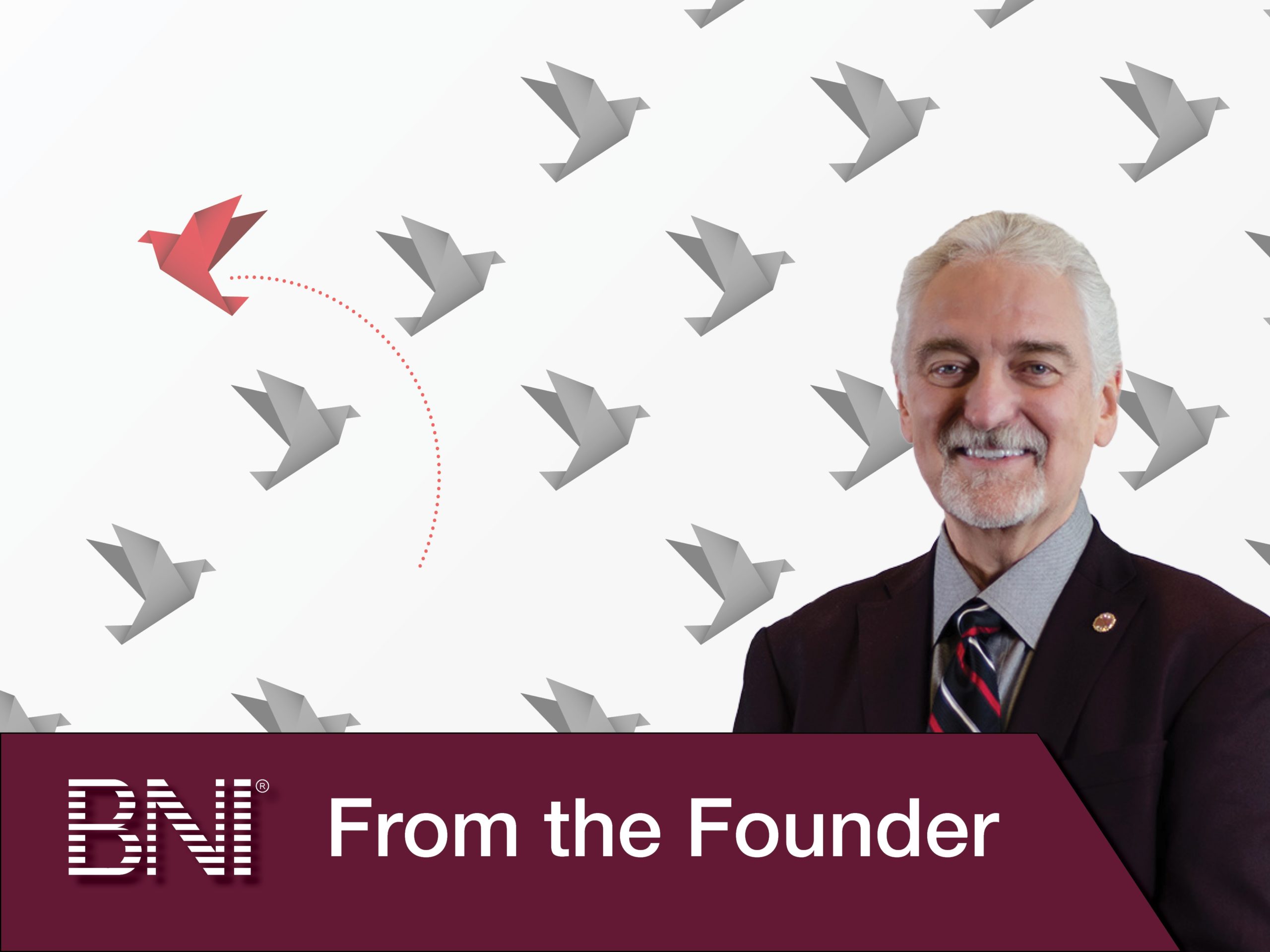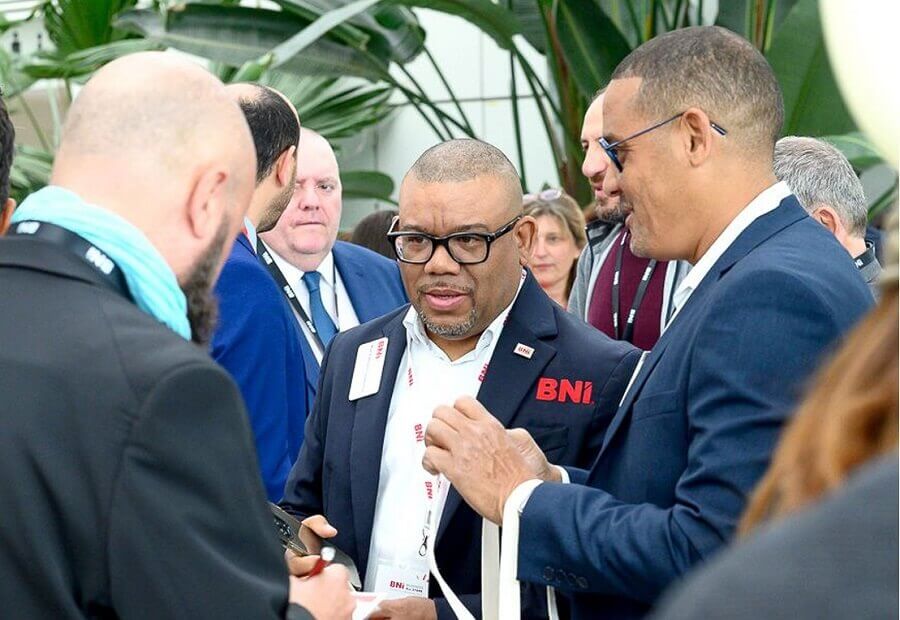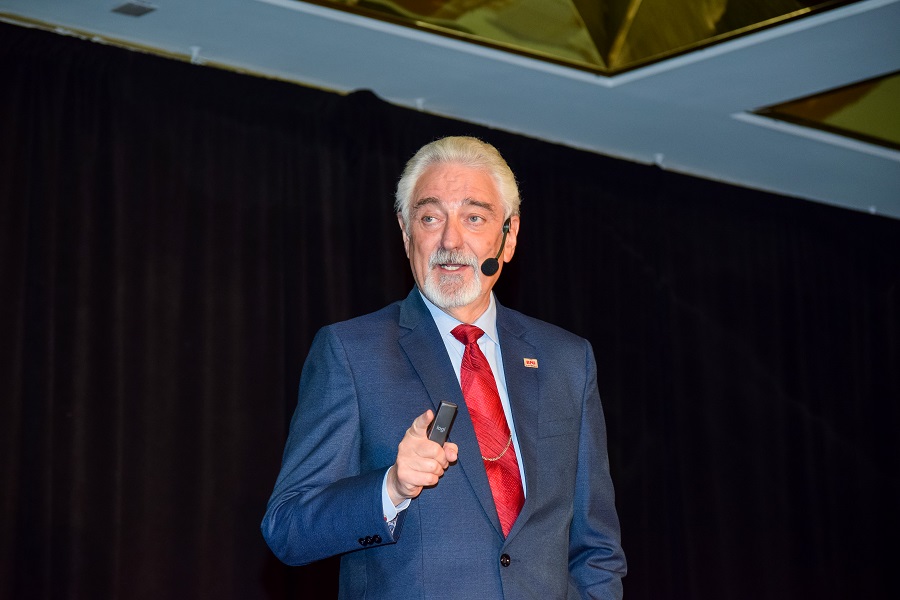I hate change. I really do. I like the comfort and contentment that comes with a successful status quo. The problem is that a successful status quo is the present, built upon a strong past. Unfortunately, the present is not etched in stone for the future. Whether I like it or not – the future involves change, and the change is, by nature, disruptive.
The only thing I hate more than change – is failure. Failure is what happens when you’re left in the dust when the change crushes our “present.”
In my lifetime there have been many companies that have been crushed by disruption. The irony is that they could have actually led the disruption. The fact that they were crushed by other companies was because they chose not to lead the disruption. They chose to either ignore it or fear it. And based on results, leading with fear is a bad strategy.
Here are three notable examples we can learn from:
Sears
Sears was once America’s largest retailer. They began as a mail order catalog company using the postal service to deliver virtually anything, to anyone, almost anywhere, and it dominated its competition for many, many decades. Sears was Amazon more than 100 years before Amazon.
In its day, Sears was the 800-pound gorilla that could, and did, decimate smaller retailers. Unfortunately, Sears was so entrenched in their brick and mortar stores that when the world-wide web was introduced in 1991, they did not have the foresight to lead the way and make the transition. In fact, just the opposite happened. Their reaction was to actually shut down their catalog two years later in 1993. Amazon.com was founded the very next year in 1994.
Kodak
A friend of mine who retired from Kodak many years ago told me that he felt there were few corporate blunders as staggering as Kodak’s decision to ignore the digital camera market. This is especially true since Kodak invented the digital camera in 1973, and it went on to be issued a patent for digital cameras in 1978!
Why, then, would the company that invented the digital camera not pursue this incredible opportunity? The answer, to them, was obvious. They did not want to interfere with their highly lucrative film processing business, and they did not believe that people would be interested in looking at photos on a computer. Wrong on both counts.
Blockbuster
When the winds of change swept through the video industry, Blockbuster was more of a brick than a weather vane.
In 2000, Netflix approached Blockbuster with a request for Blockbuster to buy them out for roughly $50 million dollars. Blockbuster turned them down (more than once). Jim Keyes, the CEO of Blockbuster said in 2008: “Neither Redbox nor Netflix are even on the radar screen in terms of competition.”
By the time Blockbuster saw the success of the new Netflix model, they made several attempts to copy it. However, they were too late.
Today, Blockbuster is bankrupt, and Netflix is worth over $100 billion!
Changing the world is always disruptive. Today, more than ever, we need to choose to change before we are forced to change. By the time a business is forced to change, it is probably too late.
Social scientists refer to this as the “threshold model of collective behavior.” For decades I have called this “concept recognition model.” When I was young, people didn’t think they needed answering machines – until enough people thought they did, and then they were everywhere, used by virtually everyone. Later, people didn’t see the need, nor the value, for fax machines. Until enough people did – and then everyone had one. In the 90’s I met many people that had no intention of ever using email. Now, I can count on one hand the number of people I know who don’t have an email address (and they are all over 70). Before people adopt a new concept, early adopters embrace the new process or equipment. Later the resistant population joins in, and, under the right conditions, there is a viral cascade of change.
In today’s changing world, we will either manage the status quo which will eventually result in failure, or we can lead the disruption which is likely to lead to the reinvention of our business and possibly an industry.
In the meantime you must decide: Be disrupted, or be the disruption. I vote to be the disruption.
Called the “father of modern networking” by CNN, Dr. Ivan Misner is a New York Times bestselling author. He is also the Founder & Chief Visionary Officer of BNI (www.bni.com), the world’s largest business networking organization. His latest book, Who’s in Your Room, The Secret to Creating Your Best Life, is available at bookstores and at Amazon.com.






